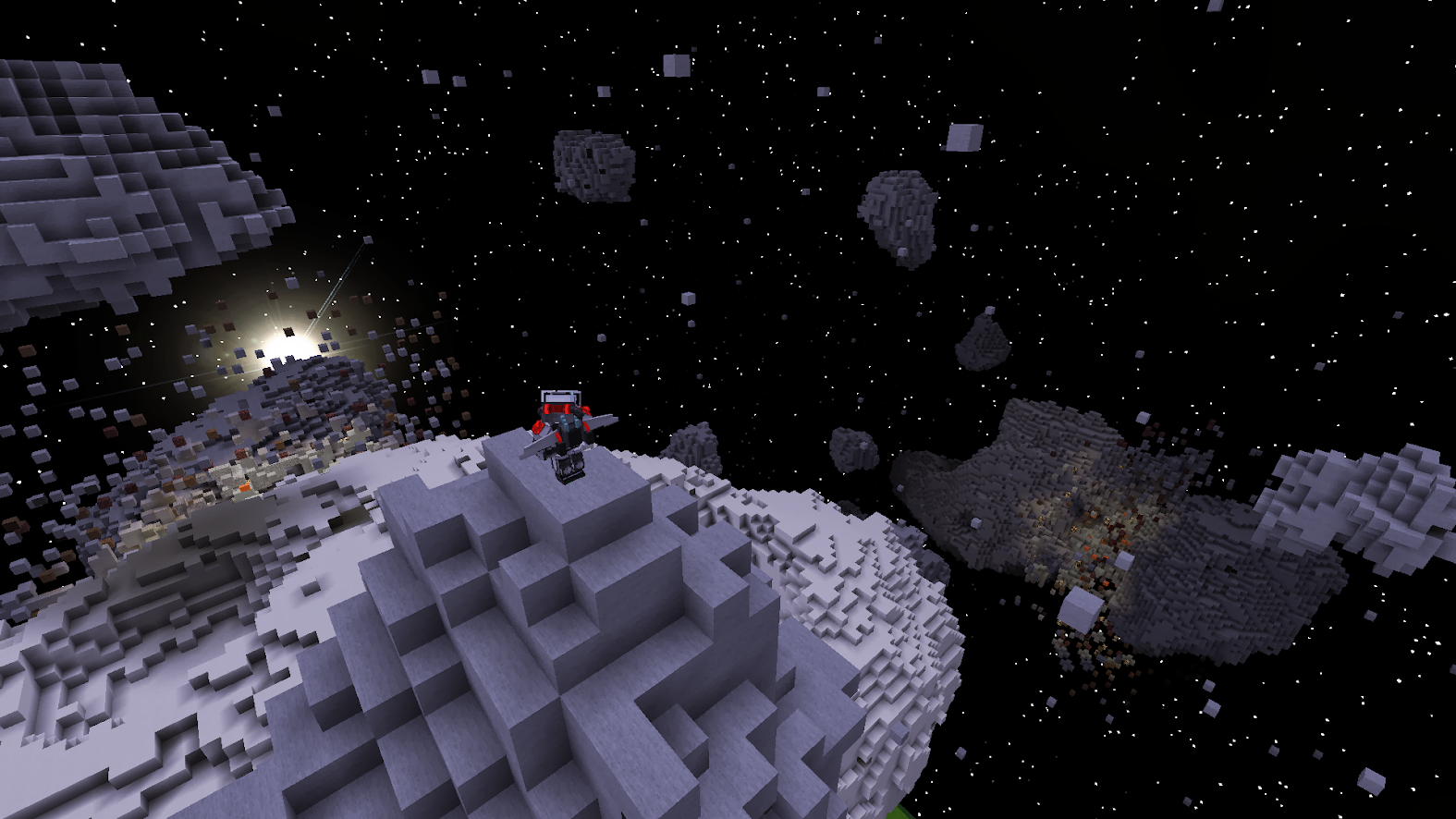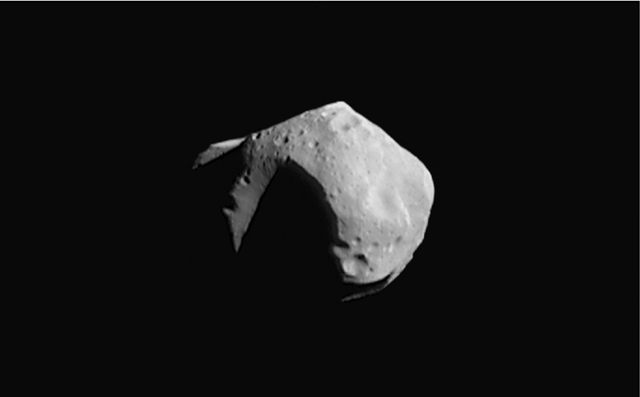I think some asteroids could be bigger. Not all of them. Big asteroids would be a fairly rare occurrence.
Currently the asteroids are too small to build a fairly sized base, inside or on their surface as most of the existing asteroids could fit in a 32x32x32 box.

(download)
I propose that we could have some occurrence of bigger asteroids, like those in the screenshot: 64x64x64 as 1 out 4 occurrence, 128x128x128 as rarer occurrence, and a big one as big as The End main rock as the rarest.
The downside: I'm afraid I'm proposing something that could be a performance hit.
Currently the asteroids are too small to build a fairly sized base, inside or on their surface as most of the existing asteroids could fit in a 32x32x32 box.

(download)
I propose that we could have some occurrence of bigger asteroids, like those in the screenshot: 64x64x64 as 1 out 4 occurrence, 128x128x128 as rarer occurrence, and a big one as big as The End main rock as the rarest.
The downside: I'm afraid I'm proposing something that could be a performance hit.
Last edited:






